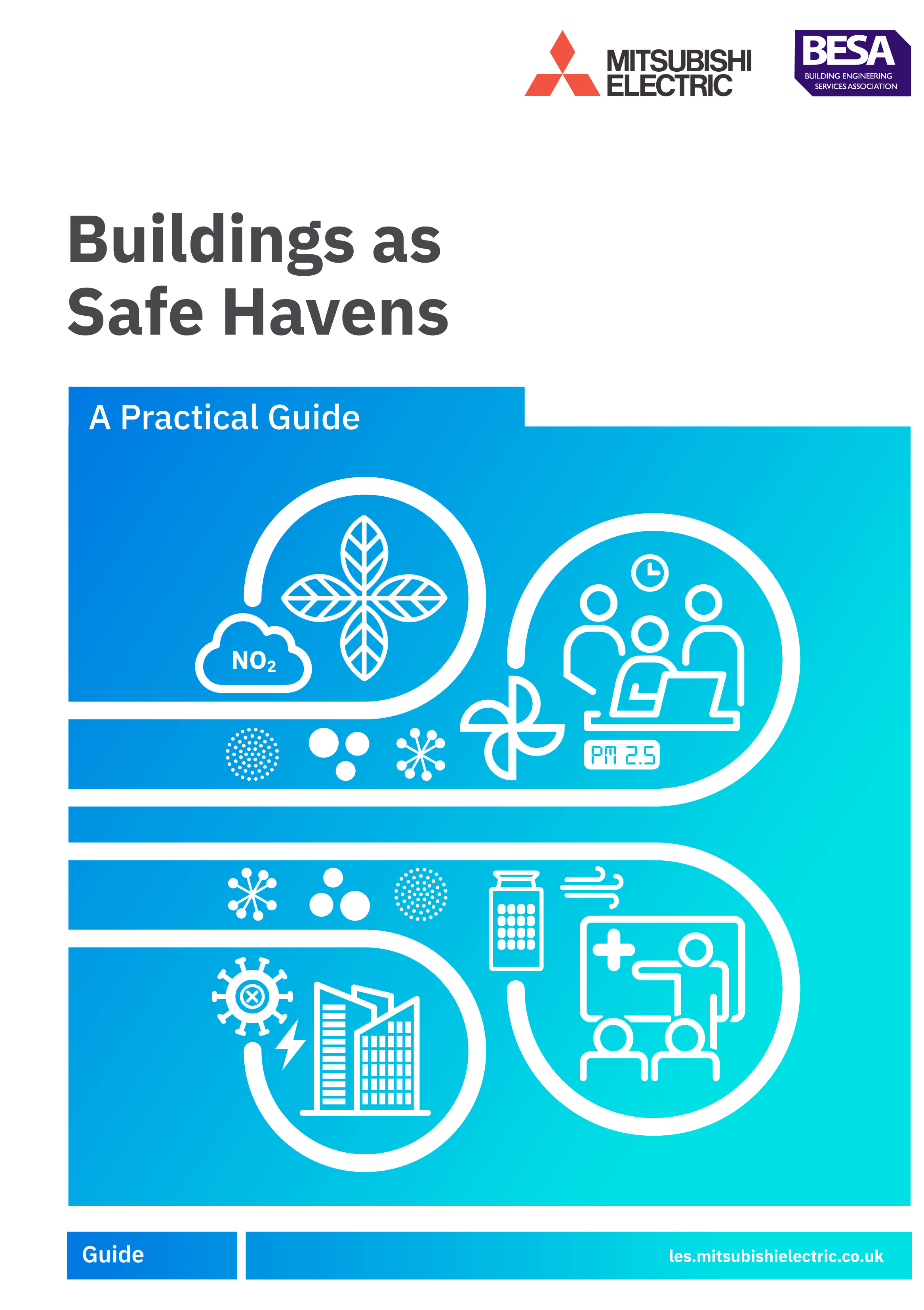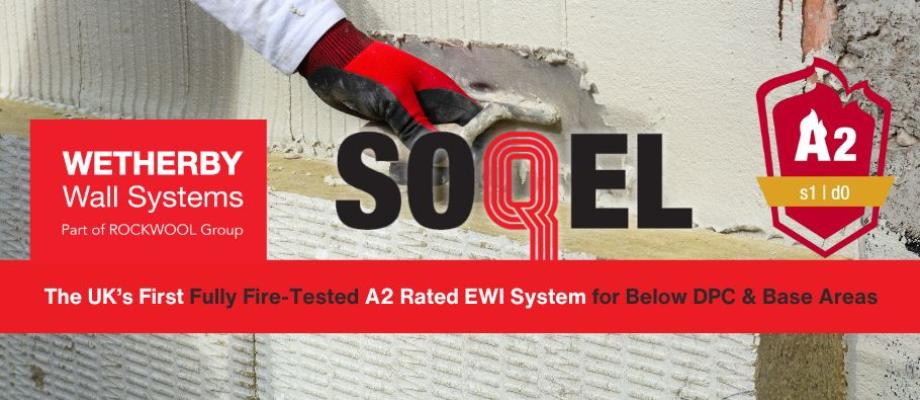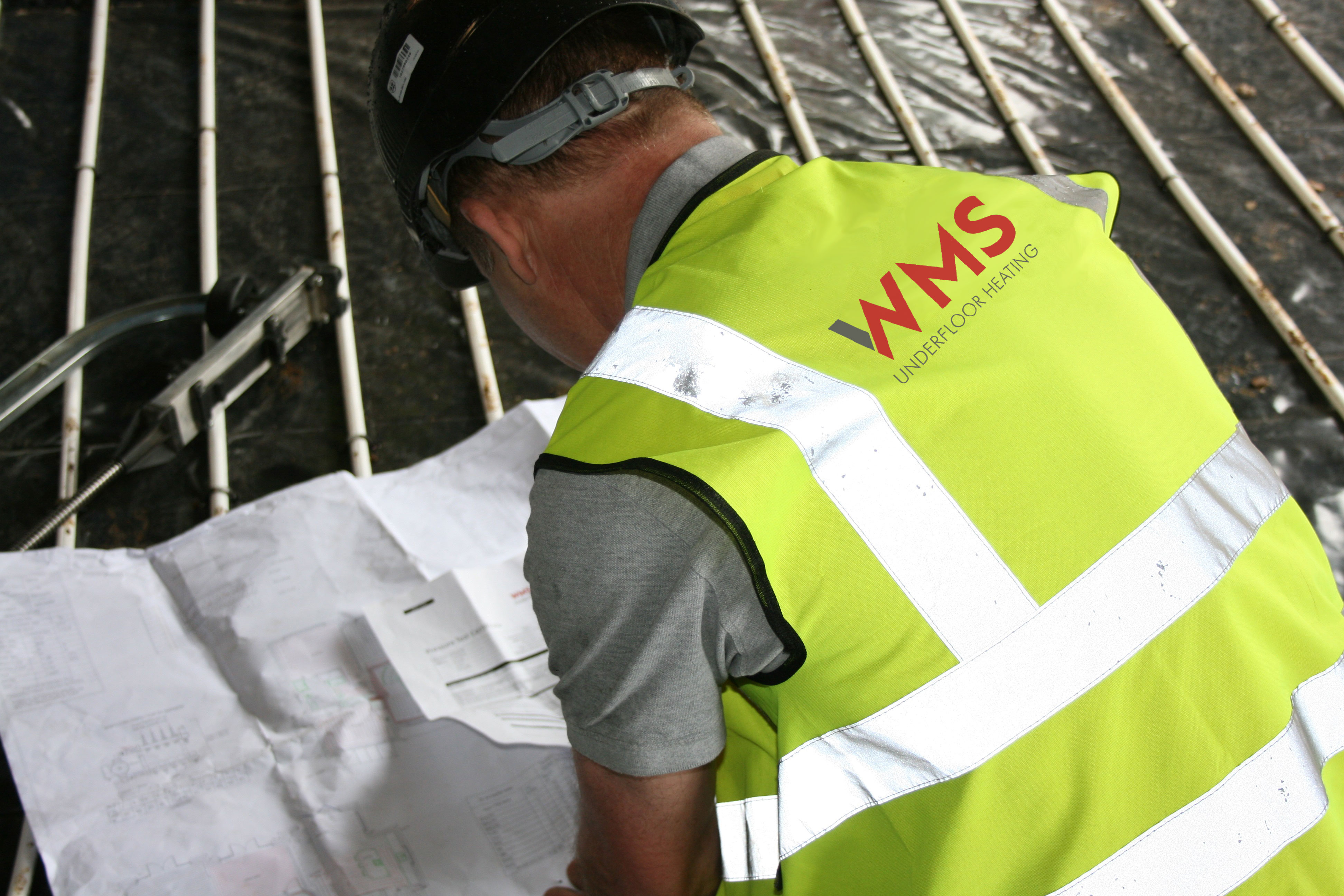BESA launches ‘safe havens’ blueprint guide for indoor air quality

The Building Engineering Services Association (BESA) has completed its trilogy of free guides designed to help building owners and managers turn their buildings into ‘safe havens’ that protect occupants from health risks linked to airborne contaminants and viruses.
‘Buildings as Safe Havens – a practical guide’ is the third in its suite of guidance for measuring, monitoring, and improving indoor air quality (IAQ) and the second produced with the support of Mitsubishi Electric.



















